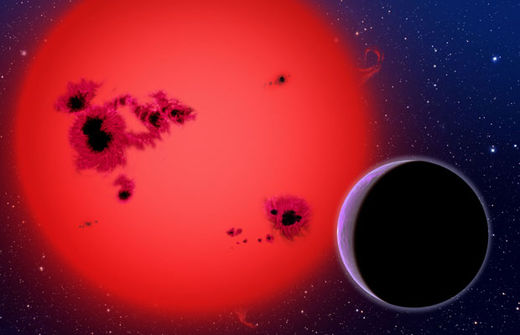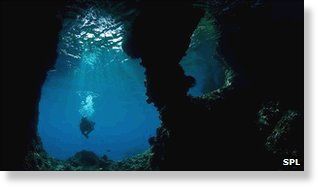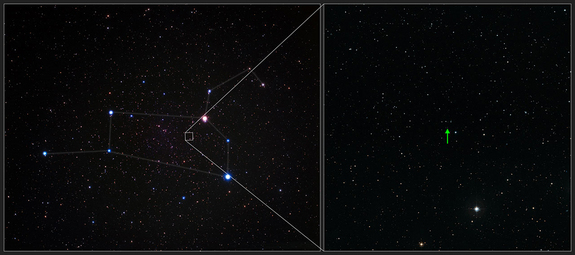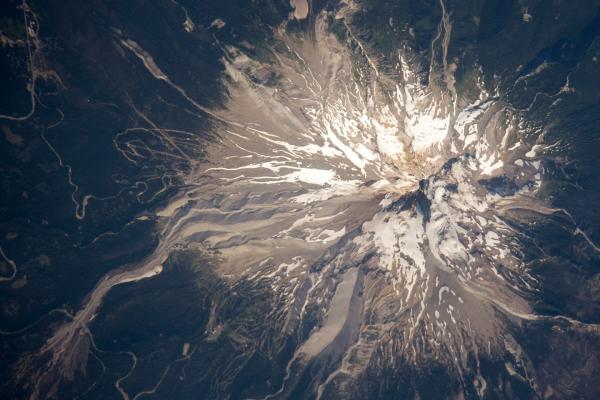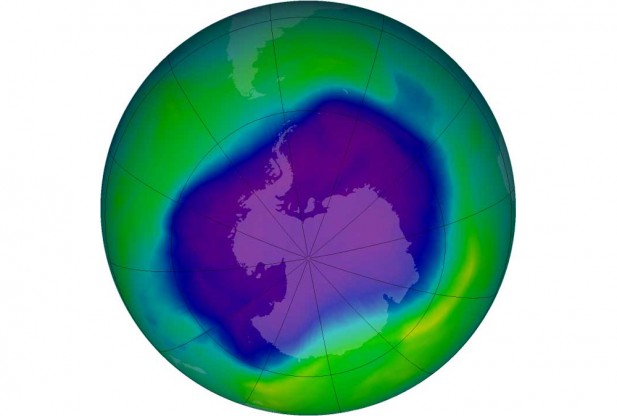
© NASAImage of the largest Antarctic ozone hole ever recorded (September 2006).
Even after many decades of studying ozone and its loss from our atmosphere miles above the Earth, plenty of mysteries and surprises remain, including an unexpected loss of ozone over the Arctic this past winter, an authority on the topic told attendees of the 242nd National Meeting & Exposition of the American Chemical Society (ACS) on Monday. She also discussed chemistry and climate change, including some proposed ideas to "geoengineer" the Earth's climate to slow down or reverse global warming.
In a Kavli Foundation Innovations in Chemistry Lecture, Susan Solomon, Ph.D., of the University of Colorado, Boulder, said that the combined efforts of scientists, the public, industry and policy makers to stop ozone depletion is one of science's greatest success stories, but unanswered questions remain. And ozone is still disappearing.
"We're no longer producing the primary chemicals - chlorofluorocarbons (CFCs) - that caused the problem, but CFCs have very long lifetimes in our atmosphere, and so we'll have ozone depletion for several more decades," said Solomon. "There are still some remarkable mysteries regarding exactly how these chlorine compounds behave in Antarctica - and it's amazing that we still have much to learn, even after studying ozone for so long."
The ozone layer is crucial to life on Earth, forming a protective shield high in the atmosphere that blocks potentially harmful ultraviolet rays in sunlight. Scientists have known since 1930 that ozone forms and decomposes through chemical processes. The first hints that human activity threatened the ozone layer emerged in the 1970s, and included one warning from Paul Crutzen, Ph.D., that agricultural fertilizers might reduce ozone levels. Another hint was from F. Sherwood Rowland, Ph.D., and Mario Molina, Ph.D., who described how CFCs in aerosol spray cans and other products could destroy the ozone layer. The three shared a 1995 Nobel Prize in Chemistry for that research. In 1985, British scientists discovered a "hole," a completely unexpected area of intense ozone depletion over Antarctica. Solomon's 1986 expedition to Antarctica provided some of the clinching evidence that underpinned a global ban on CFCs and certain other ozone-depleting gases.
